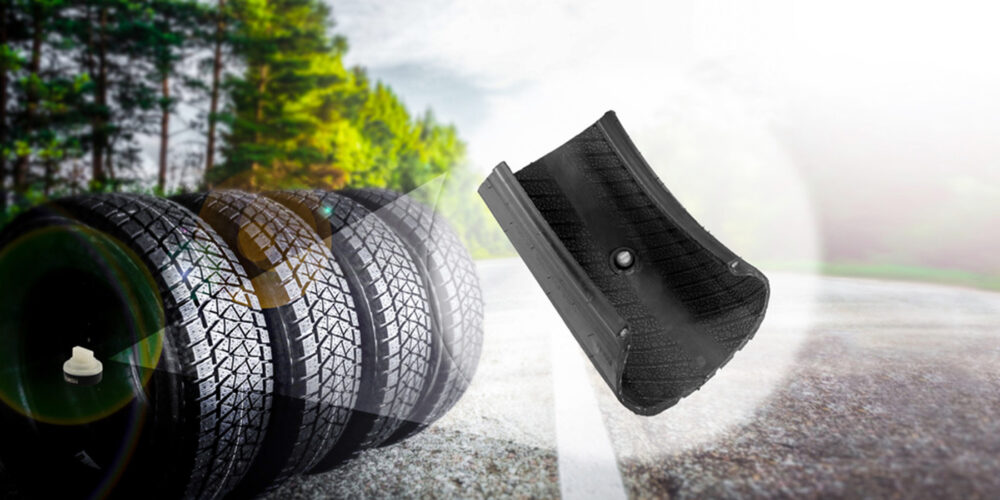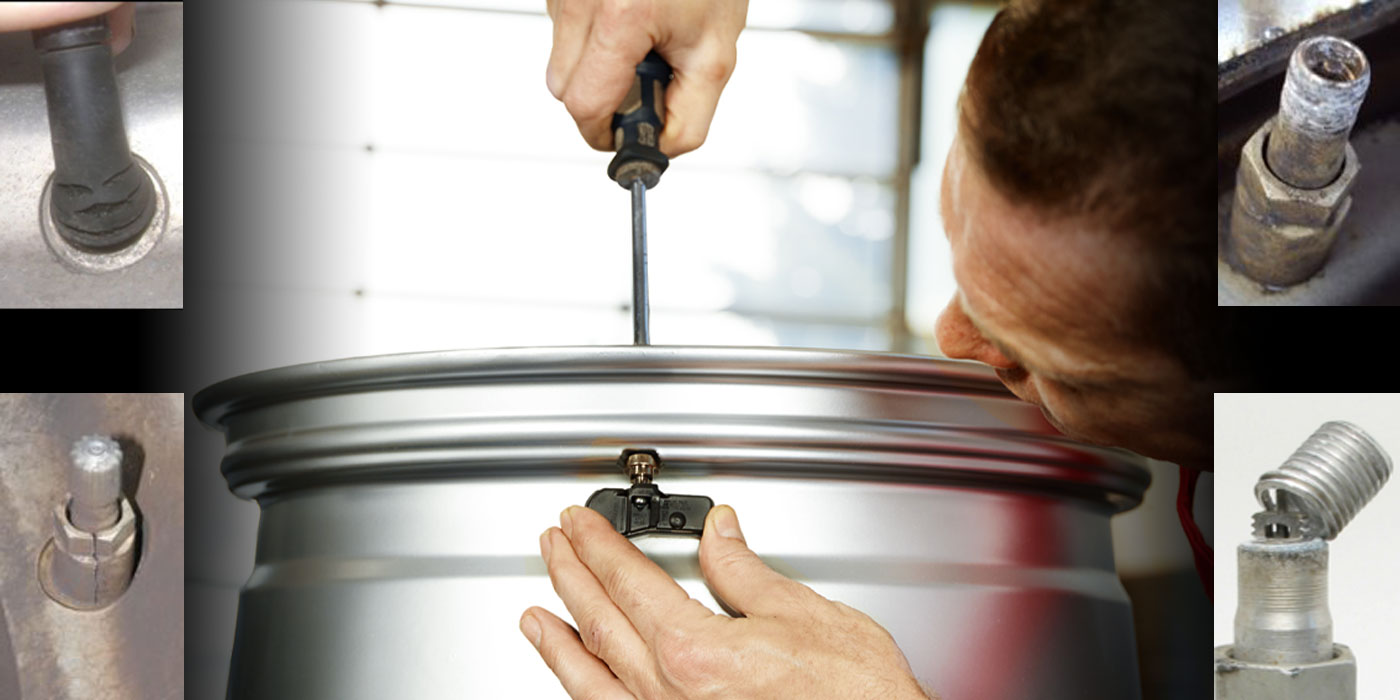When it comes to TPMS service, an overwhelming amount of information on how to service it properly is available to anyone online. What to do, what not to do, when to do what and for how long. Through all the noise, there are four most important steps you must take to perform effective TPMS service. If you don’t remember anything else, remember these:
1. Test Before You Touch
Before the vehicle even enters the bay, walk to the parking lot and perform the five-point checklist below. This test will increase transparency to the customer before service begins and decrease liability for your shop on damage it didn’t cause.
- Check for the TPMS dashboard light. Is it blinking (indicating something is wrong with the system/sensor(s)) or is it solid (meaning one or more tires needs its psi adjusted)?
- Inspect the valve caps. Take note if any are loose or missing and check for corrosion.
- Test the TPMS sensors. Using a TPMS scan tool, walk around the vehicle and “ping” each sensor. This will test if the sensors are functioning and indicate a possible failed sensor prior to bringing the sensor into the shop.
- Access the vehicle computer to download any diagnostic trouble codes (DTCs) and print them out for the customer.
- Review the audit report with the customer, explaining what you suspect the issues with the system are and how you plan to service the vehicle.
2. Change the Service Kits Every Time the Tire is Removed from the Wheel
It is highly recommended to change out the service kits every time the tire is removed from the wheel, regardless of if it is during a TPMS service or not. Micro tears and damage can occur to the stem during tire service that can cause slow air leaks. Changing out the service kit is a low-cost, easy way to prevent comebacks due to slow air leaks.
3. Keep Your TPMS Tool Updated
This is the No. 1 call we receive on our TPMS hotline. The sensor is often blamed for the tool not being updated. Your TPMS tool coverage is only as good as the last update it had. For optimal coverage and minimal downtime, update your tool consistently and outside of business hours.
4. Know the Difference Between Programming and Relearning
This is the second most common issue we receive on Schrader’s hotline. A relearn is not equal to programming. A sensor is first programmed to the proper MMY of the vehicle being serviced and then the vehicle is relearned, so the vehicle knows which sensor is in which tire. Remember these four tips during your next TPMS service for optimal performance.














